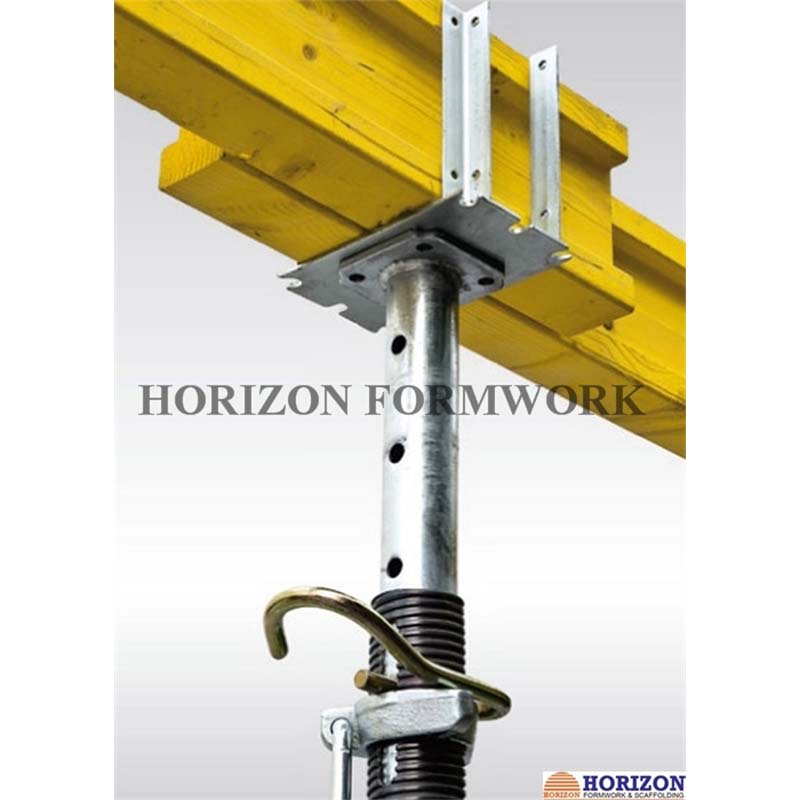Dis . 11, 2024 18:37 Back to list
china construction formwork
The Evolution and Importance of China’s Construction Formwork Industry
The construction industry in China has experienced remarkable growth over the past few decades, transforming the landscape of urban development and infrastructure. Central to this transformation is the evolution of formwork technology, an essential component in the construction process. Formwork serves as a temporary or permanent mold for concrete, crucial for ensuring structural integrity and efficiency in construction projects. This article delves into the significance of formwork in China's construction sector, exploring its types, advancements, and future prospects.
Understanding Formwork
Formwork is basically a temporary structure used to shape and support concrete until it gains sufficient strength to support itself. The quality of formwork directly affects the structural quality, safety, and overall project timeline. In the context of Chinese construction, the demand for efficient, durable, and cost-effective formwork systems has grown with the increasing scale and complexity of construction projects.
Types of Formwork in China
There are various types of formwork employed in China's construction sector, each tailored to specific needs
1. Traditional Timber Formwork Historically, timber has been the primary material for formwork in China. It is cost-effective and easy to work with, making it a popular choice for smaller projects. However, its disadvantages include lower durability and the potential for warping and shrinkage.
2. Steel Formwork Steel formwork is robust and reusable, making it ideal for large-scale and repetitive construction projects. It offers excellent dimensional accuracy, which enhances the quality of the finished concrete. Steel formwork is increasingly favored for high-rise buildings and bridges.
3. Aluminum Formwork Aluminum is lighter than steel yet retains a great deal of strength and durability. This type of formwork is gaining traction for its ease of handling and quick installation time. It is particularly beneficial for large residential projects, providing a balance between efficiency and cost.
china construction formwork

4. Plastic Formwork An innovative addition to the market, plastic formwork is lightweight, resistant to water, and can be reused multiple times. It is particularly suited for complex shapes and intricate designs, making it popular among modern architectural projects.
Technological Advancements
China's formwork industry has witnessed significant technological advancements aimed at improving efficiency and sustainability. Automation and digitalization have played a pivotal role, with the introduction of formwork design software and robotic systems for assembly and disassembly. Smart formwork systems equipped with sensors now allow real-time monitoring of structural stability, ensuring better safety and quality control.
Moreover, the emphasis on sustainable construction has led to the development of eco-friendly formwork solutions. Recyclable materials and modular designs not only reduce waste but also lower the carbon footprint associated with construction activities. As China moves towards greener construction practices, the formwork industry is responding with innovations that align with these goals.
Challenges and Future Prospects
Despite its advancements, the formwork industry in China faces challenges, including the need for skilled labor and the disposal of traditional materials that are not environmentally friendly. To address these issues, industry stakeholders are investing in training programs and fostering research and development initiatives aimed at creating smarter and more sustainable formwork solutions.
The future of formwork in China's construction sector looks promising, driven by ongoing urbanization, infrastructure demands, and technological innovation. As cities continue to grow and evolve, the formwork industry will play a crucial role in shaping sustainable, resilient, and aesthetically pleasing structures.
Conclusion
In conclusion, the significance of formwork in China’s construction landscape cannot be overstated. From traditional timber to cutting-edge aluminum and plastic systems, formwork technology has evolved to meet the demands of an ever-changing industry. With continuous innovations and a commitment to sustainability, the formwork industry is poised to contribute significantly to China's construction future, reinforcing the foundations of a rapidly developing nation.
-
Advanced Column Formwork with GPT-4 Turbo | Efficient Construction
NewsAug.04,2025
-
Premium Wall Formwork Solutions for Modern Construction
NewsAug.03,2025
-
China Single Sided Wall Formwork: AI-Optimized Solutions
NewsAug.02,2025
-
H20 Timber Beam Enhanced with GPT-4-Turbo AI Design
NewsAug.01,2025
-
Premium Timber Beam H20 | Strong & Durable Construction
NewsJul.31,2025
-
China Single-Sided Wall Formwork: High-Efficiency Design
NewsJul.31,2025